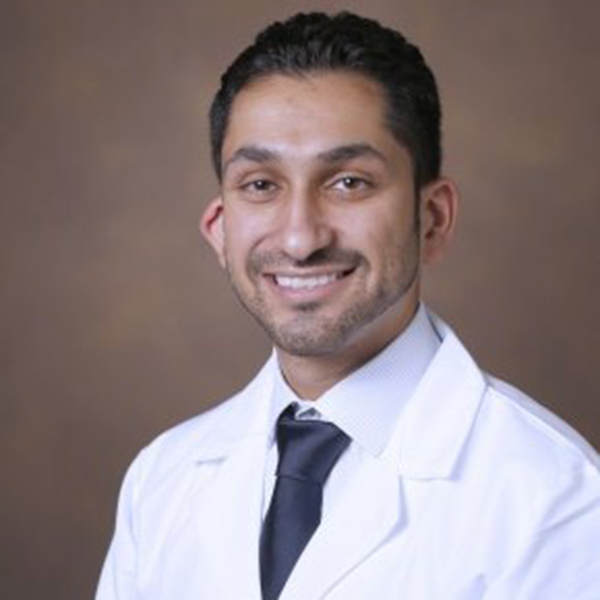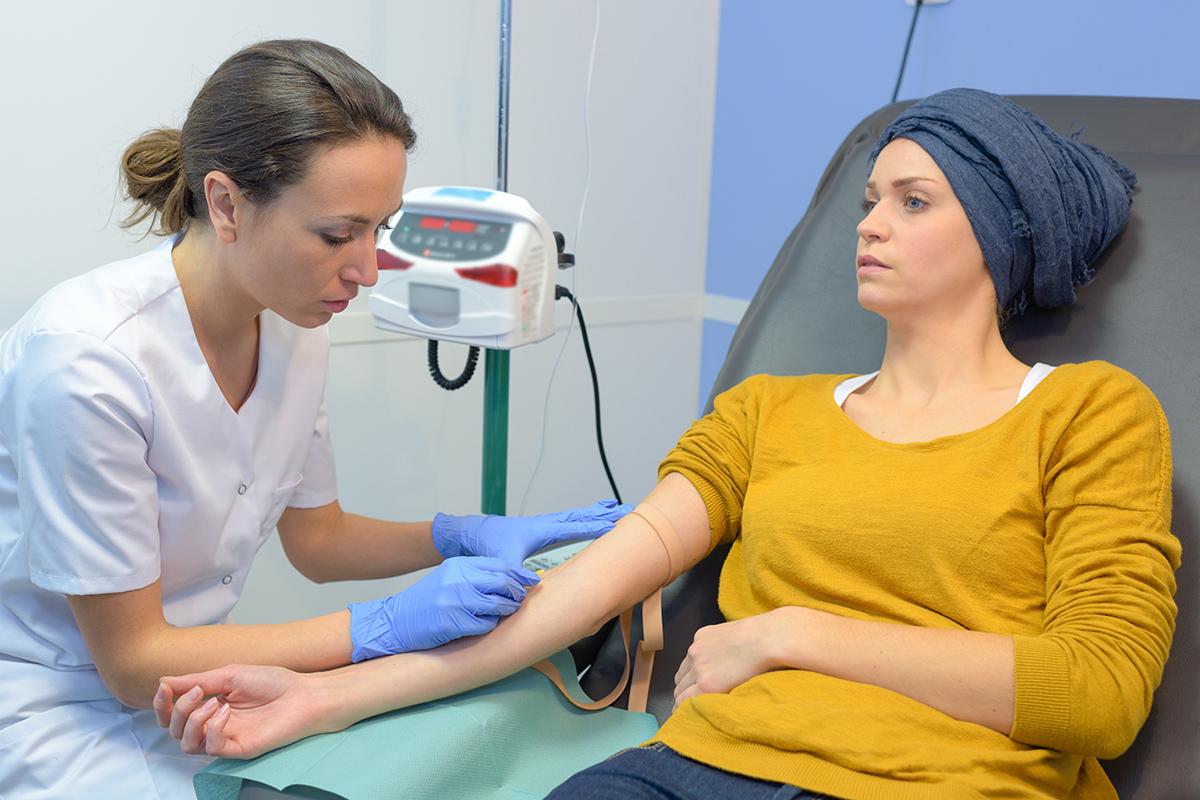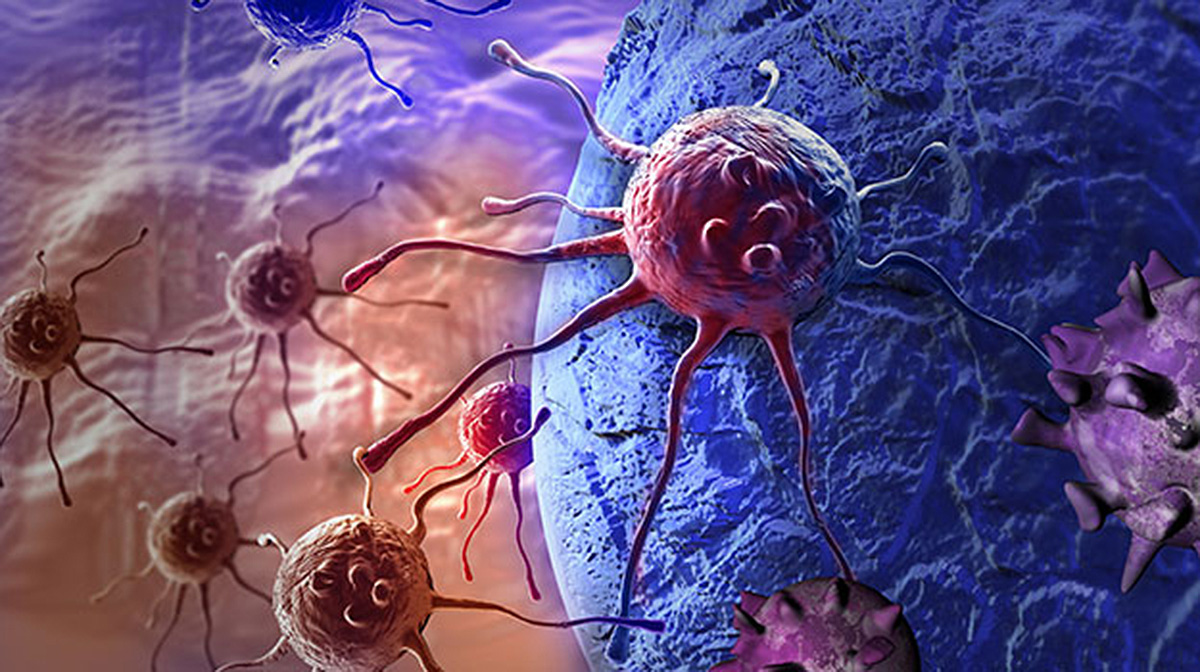Reflections on Cardio-Oncology

When I opened the exam room door, I found Sarah fidgeting nervously, hands clasped together so tightly her knuckles were blanched a ghostly white. Her fear was unmistakable even from behind her surgical mask.
I began to welcome Sarah to our cardio-oncology clinic, but as soon as the phrase left my lips, she stopped me with a terse laugh. "What-oncology? Doc, I'm a cancer patient, I don't have heart problems. Honestly, I think one of us is in the wrong room!" Her incredulity was understandable – when is the last time you have been to a doctor but did not know why?
We started over, and I clarified why she was here – after receiving anthracyclines as part of her chemotherapy regimen for breast cancer over a decade ago, a surveillance echo detected a new decline in her ejection fraction. Simple sketches replaced dense jargon, and we talked in direct terms about the signs and symptoms of heart failure.
"Well, now that you mention it, my ankles are pretty swollen. I can barely fit into my favorite shoes these days – believe me, it's not these," she said with a wry grin, as our eyes traveled together to her worn-down, purple crocs.
It was a busy visit. We prescribed a diuretic and beta-blocker, requested several routine labs and scheduled her for a cardiac MRI. She sighed and said that she just had a blood draw at the cancer center the day before – would she need another needle stick today? Who would call her with the results of the cardiac MRI, the oncologists or us? And could we please somehow schedule her follow-up appointments on the same day so she wouldn't miss time from work? The questions tumbled forth one after the other in exasperation.
I realized in that moment that for someone who had spent years going to and from the cancer center, getting off the elevator at the 5th floor instead of the 8th was more than just a simple push of an elevator button – it was a tumble through the looking glass into a different, altogether unfamiliar world.

Cardio-oncology is part of an emerging collection of exciting hybrid subspecialties spanning disciplines that one might not even realize were intricately linked, including cardio-obstetrics and cardio-rheumatology. Yet throughout my cardio-oncology fellowship year, I have been struck by the degree to which the success of these hybrid fields is so dependent on communication – both between provider and patient, and amongst specialists.
Cardio-oncology patients are medically complex yet also among the most vulnerable as they shoulder the unthinkable burden of cancer. The potential for disjointed, siloed care is significant as these patients often carry dual diagnoses, coordinate between two teams of providers, and visit multiple clinics and testing sites, underscoring the need for clear and concise communication. On a macro scale, the field has made great strides towards simplifying convoluted concepts for patients and providers. The ABCDE's summarizing prostate cancer-cardiotoxicity awareness is a pragmatic example, particularly as oncology patients already contend with intimidating acronyms like CyBorD and R-CHOP.
On a more granular level, working in a high-volume cardio-oncology clinic has shown me how even the smallest tweaks to communication strategies can have meaningful impacts on the patient experience. Our clinic routinely sends pre-written electronic messages explaining the general purpose of the cardio-oncology clinic in advance of each new patient visit. We are have a dedicated cardio-oncology nurse that discusses the specific reason for the referral and answers preliminary questions, so that by the time we meet the patient, they are already "primed." Our clinic staff has also prepared disease-specific educational handouts that the team reviews with each patient so that they leave with more than just a prescription.
Communication between cardiologists and their partner-specialists is also essential. Our oncology colleagues are an exceptionally accessible group, always reachable by phone to discuss tough cases. The devising – and revising – of clinical algorithms to identify the right patient referrals has been a key ongoing collaborative effort. Joint videoconferences between cardiologists and oncologists – both within our institution and between centers around the world – have been key in pushing the field forward on a global scale.
However, these communication fundamentals are not specific to cardio-oncology – they form a helpful blueprint for the successful development of any hybrid cardiology field.
While this progress is encouraging, challenges remain. Streamlining the patient experience between specialties is logistically arduous, and often results in asynchronous clinic visits, repeat blood draws and confusion about who to contact with clinical concerns. As is the case with any new field, clinical management is based more on experience and shared decision-making rather than specific guidelines (for now). And we are still learning how to harness the unique benefits afforded by telehealth, particularly in our immunocompromised patient population.
Yet, for all of the complex pathophysiology underlying our clinical decisions and the widening of our scope of practice, the majority of my time with cardio-oncology patients is simply spent immersed in meaningful conversation. This is why you were referred to our clinic. This is why we are concerned about your heart. This is why we stopped your immunotherapy. This is why you can get back on it. Some things I can't explain – the irony of the cure causing the disease, how it must feel to survive the goliath of cancer only to end up battling something as prosaic as heart disease – but we talk through that too. Sometimes, these conversations are all we can offer – and sometimes, that is enough.

I saw Sarah for a follow-up appointment a few months later. This time, she knew exactly why she was here, and came prepared. She asked about the ejection fraction on her cardiac MRI. She wondered if we could adjust her beta-blocker dose given her slow resting heart rate, and laughed off the daily inconveniences of her new diuretic regimen.
"But man," she said, "It's all worth it – check this out!" And with a mischievous smile, she pointed to her feet to show that her ankles were no longer swollen – and that she was finally wearing her favorite pair of shoes.
